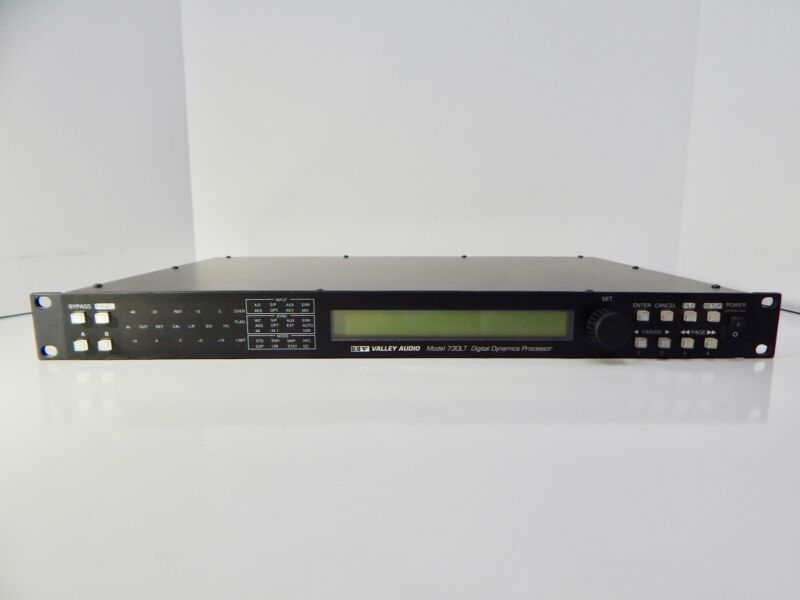Probably told this story before but, coming round full circle on modeling:
When Dr. David Berners (PhD from
Stanford not MIT, my bad) was working on the modeling for the characteristics of the T4B optical attenuator in the LA-2A, he'd pretty quickly realized that the characteristics were a fairly intricate affair. In other words, we're not dealing with simple single τ for attack and release here.
So he was rightly feeling triumphant when he came into my lab/bench area one evening to show me the piece of paper with his calculations for how it worked.
I'm not great with differential equations so I asked him to translate it into a schematic for DC conditions which he did.
In its simplest form (if I remember correctly) it consisted of 10 separate τ which were connected in various parallel and series combinations.
So over the next couple of days, for sh*ts and giggles, I built an approximation of his circuit and performed a temporary graft into one of our B stock/scratched/dented 1176 comps. It took a bit of fiddling with DC thresholds to get things going but, I did it.
So it went from the analogue AC T4B, to a digital mathematical model, back to an analogue DC model.
Very neat sounding it was too











![Electronics Soldering Iron Kit, [Upgraded] Soldering Iron 110V 90W LCD Digital Portable Soldering Kit 180-480℃(356-896℉), Welding Tool with ON/OFF Switch, Auto-sleep, Thermostatic Design](https://m.media-amazon.com/images/I/41gRDnlyfJS._SL500_.jpg)












